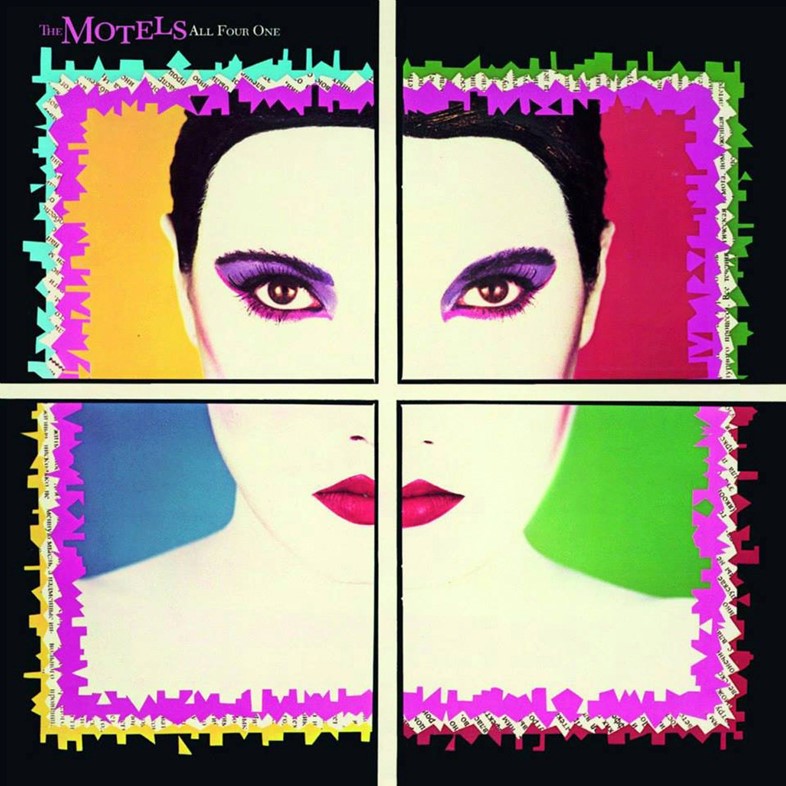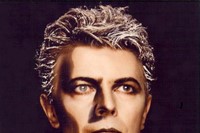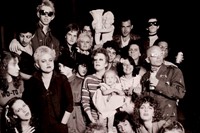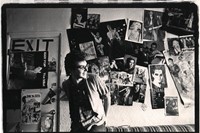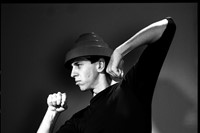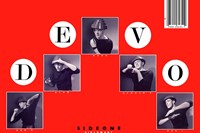On the 40th anniversary of its launch, David Allen, co-founder of Artrouble, remembers 1970s Hollywood’s magic musical mood
Hailing from London, David Allen arrived in Los Angeles in 1976 on what he describes as “an angry whim”. One day while at the newsstand checking for NME, he spotted a magazine with the word Slash written across the front, in a blood-splattered font. Intrigued, he read a story in it before heading to the magazine’s office, where he embarked upon a career in design. Suddenly he was an outsider on the inside of the emerging punk scene.
It was while he was hanging out at the Masque, a nightclub just off Hollywood Boulevard, that Allen was approached by a young photographer named Jules Bates, who had seen a flyer Allen had designed and wanted to collaborate on the cover for Nick Gilders’ album featuring the hit, Hot Child in the City. One thing lead to another, and Bates proposed they start a company with his then-girlfriend Phyllis Cohen, a make-up artist from Vancouver.
Allen named the crew Artrouble, and together they began creating album covers for emerging punk bands like the Dickies and Devo, New Wave bands like Oingo Boingo and the Motels, and pop stars like Shawn Cassidy and Peter Frampton. When Bates died in the early 1980s, Artrouble came to an end. Now, on the 40th anniversary of its launch, Allen looks back at the LA collective that defined an era.
On the LA scene in the late 70s...
“When I first got to LA, it was disco and what I call ‘cocaine cowboys’. But then I went to see show with the Weirdos, the Germs, and the Zeros – it was really strange and exciting. That set a stage but there was no scene, no place to go.
“After I was at Slash, I came across a flyer for a club called the Masque. At the time, it was just a rehearsal place but that was going to be it. Before you knew it was there a full-throated scene going. You had characters like Black Randy, Tomata Du Plenty, John Denny, and the band X. Although the LA music scene didn’t want to have anything to do with punk, the cognoscenti of the LA art scene was intrigued, so there was a very sophisticated mix. Chevy Chase and Anthony Perkins were at the first Screamers show. Back then we thought of ourselves as 100 punks, to quote the Generation X song.”
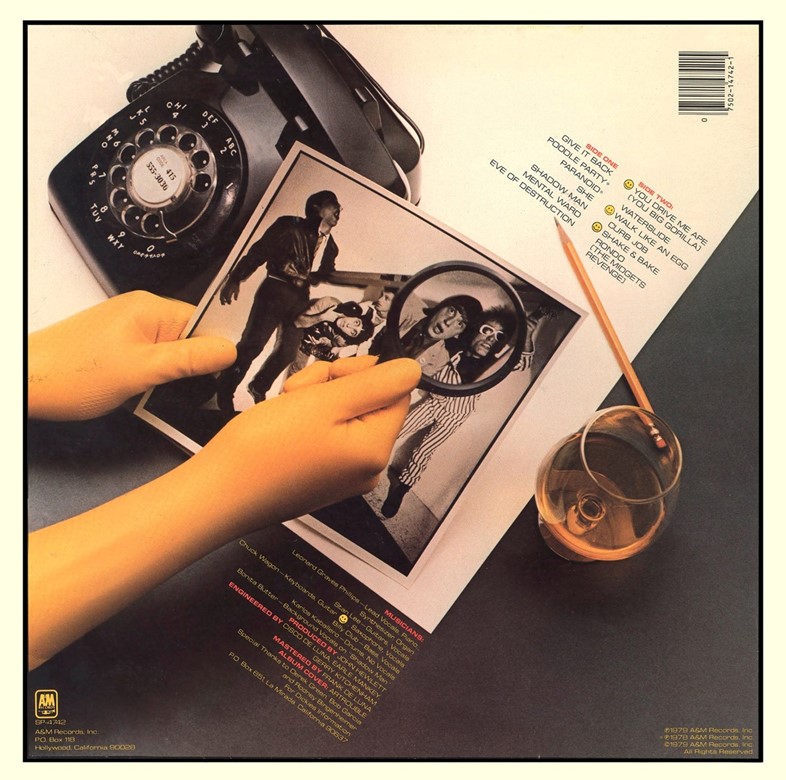
On the influence of Hollywood...
“We had a studio on Sixth Street and Alexandria, not far from the Ambassador Hotel and the Brown Derby, where we could have breakfast. That’s another thing: we still had Hollywood, just a run-down, seedy version of it. Hollywood was such a lucky place to be at that time. Rather than living in poverty on the streets, punk rockers in the late 70s lived in mansions and fancy rundown hotels. That was a blessing.”
On aesthetic inspiration...
“We were on the forward edge of a new movement and were creating a new aesthetic. Jules and I would introduce each other to all different kinds of concepts. We were looking at Hollywood noir, TV shows like The Twilight Zone and The Outer Limits, photographers like Brassaï and Irving Penn, and Russian Constructivism. We would look at the past and put this into a context of where we were at the time.
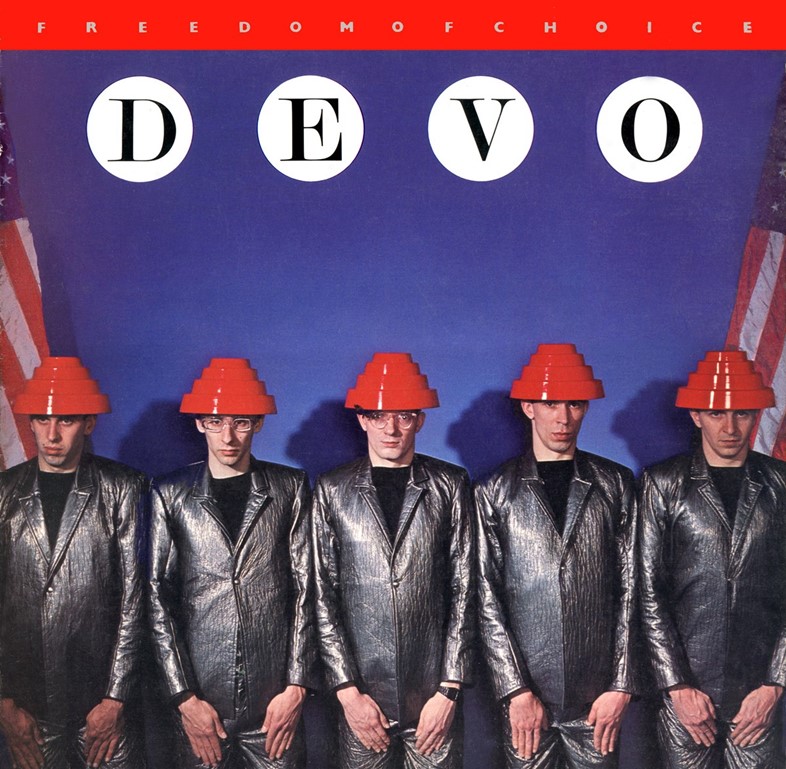
“Sometimes it was fun and unpredictable. Speed was a big part of the punk scene, and that was affecting the way we thought and felt. We were up at three, four, five in the morning after a gig. Before the heroin took hold, psychedelics were a big part of the punk scene. A lot of the punks of that period had been hippies or glam rock freaks, so that informed the way we looked at things.
“The psychedelic side meant we tried to create a holistic perspective. Everything that would happen, we would put in there. We wouldn’t tell people what to do and then the band would arrive and we had to be ready to take on what they wanted to do. We were trying to bring the person into the frame with us.”
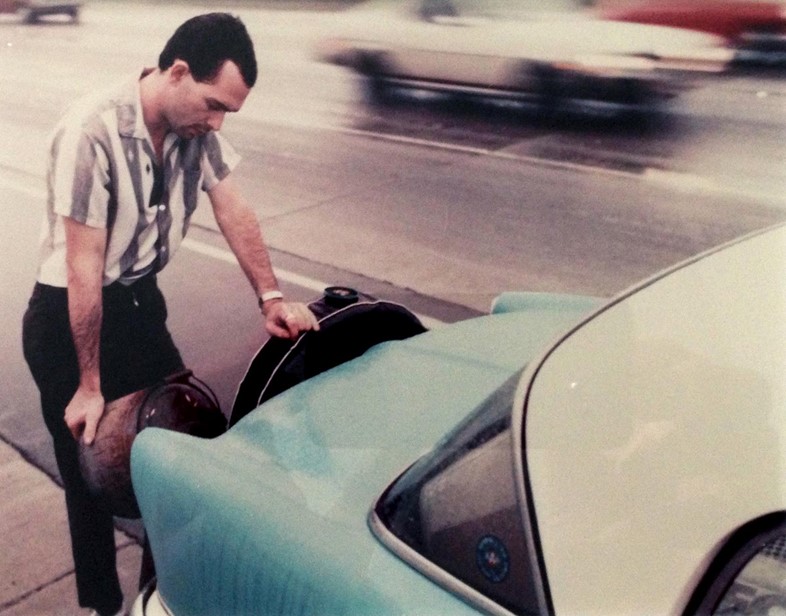
On the power of the album cover...
“When you got a record, the cover was the only connection you had to the band other than the music. As a visual artist, this interested me. The record cover was a visual statement about the band. As a designer and photographer we had to mediate between what we were trying to do and what the band was trying to do.
“The record cover was the most important way to reach their audience. These covers jump out to the kids and convey their message. By the 80s, punk was almost everywhere in America and the propaganda aspect of what we were doing was never lost on us because in Hollywood, we were up against a music business that was fervently against the New Wave and punk scene.”
